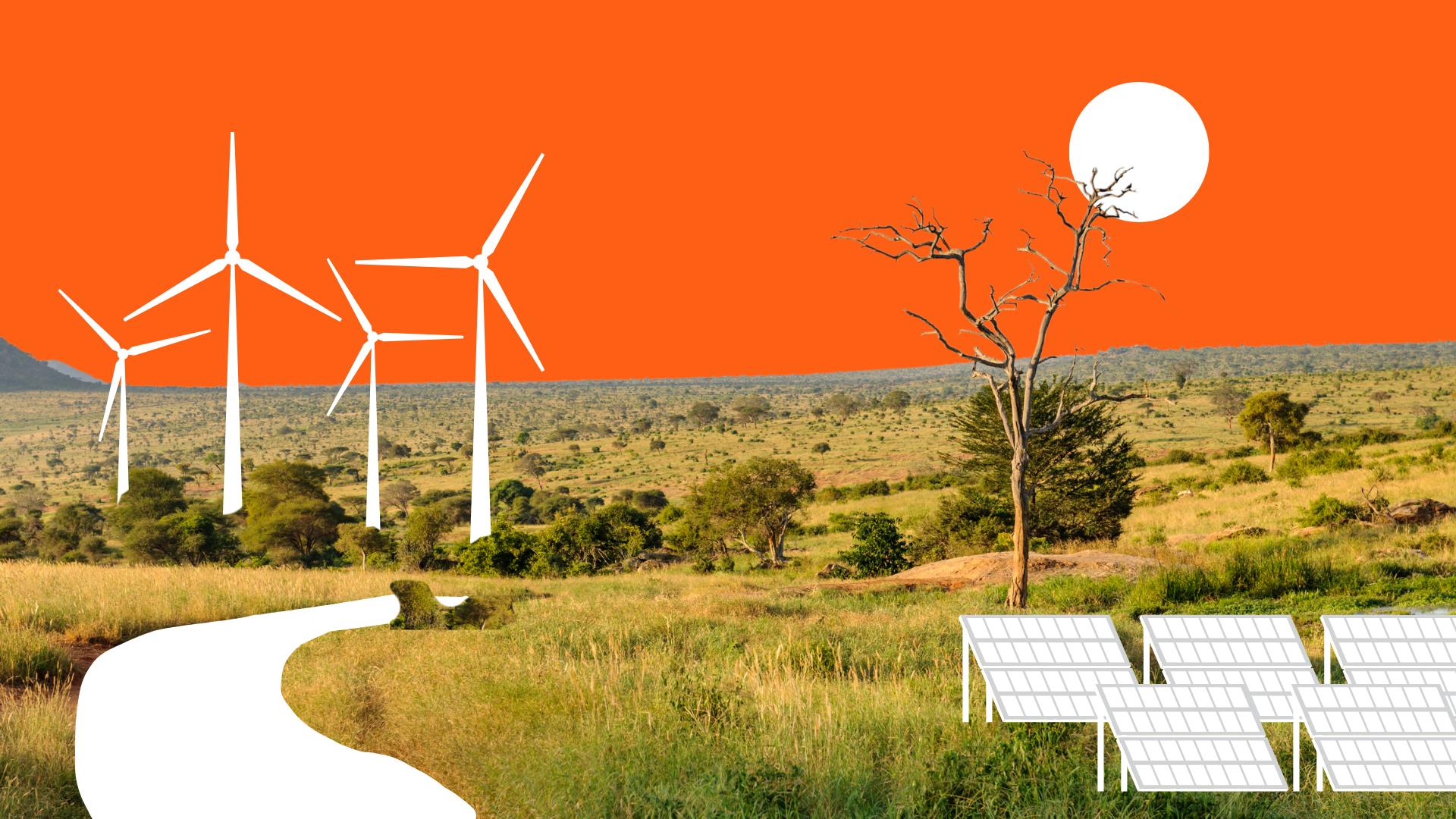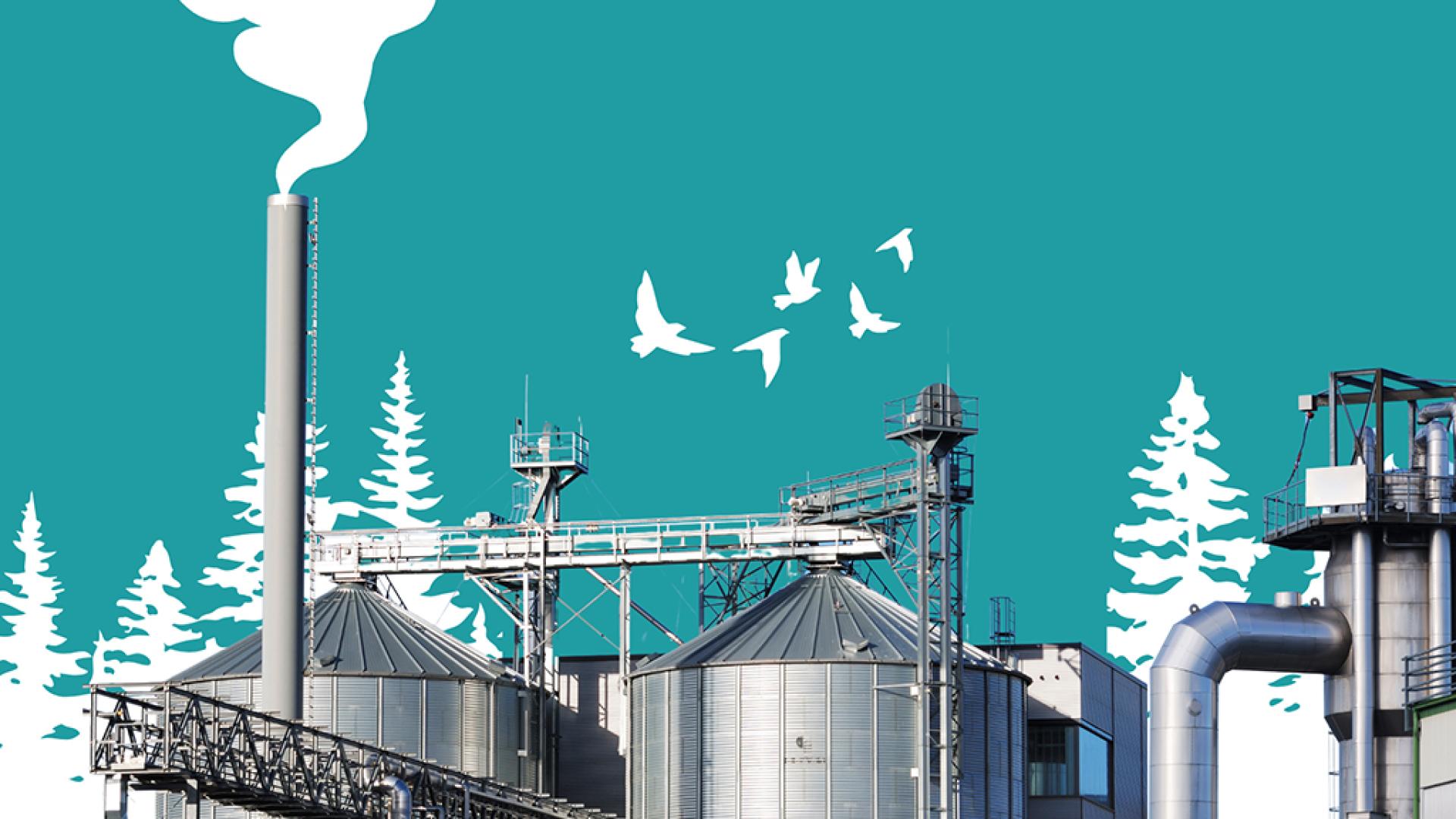Everyone can play a role in solving climate change. There are real actions we all can take, starting today, to get us on a pathway to real system change that benefits humanity and the planet. The magnitude of the challenge we are collectively facing requires action from all levels—from our governments, businesses and institutions, communities, and every one of us in our personal lives and homes. So where do we start?
According to the most recent global surveys by Yale University on international public opinion on climate change, the majority or vast majority in all 31 surveyed countries say that they:
- think climate change is happening
- are “very” or “somewhat” worried about it
- think it will harm them personally either “a great deal” or a “moderate amount”
- need at least a little more information about it
High-income countries in North America, Europe, and the Asia-Pacific region are home to a minority of the world’s population but have contributed the most climate-changing greenhouse gas emissions. Appropriately, citizens in those countries are more concerned than ever about their personal impact on climate change and are willing to change how they live and work, according to a September 2021 survey by the Pew Research Center. One challenge is that most of us are understandably unsure which actions are most impactful in solving climate change. Even individuals who believe they understand which actions are most impactful are often incorrect. As you join the climate action that is already underway, it’s important to understand which of your personal actions can have an impact. Fortunately, there is a science-backed, data-driven list of solutions that can guide you.
Drawdown Solutions, the solutions research arm of Project Drawdown, has led years of data collection and analysis by scholars around the world to identify and characterize more than 90 currently available technologies and practices that have a direct impact on greenhouse gases, are scientifically validated, and are economically viable. Results of this work were initially published in the New York Times best-selling book Drawdown and have influenced university curricula, city climate plans, commitments by businesses, community action, philanthropic strategy, and more. The foundation of Project Drawdown’s analysis is extensive and complex mathematical modeling that uses data from thousands of scientific sources to predict the potential of identified climate solutions to reach drawdown—the point when atmospheric concentrations of greenhouse gases begin to decline. This analysis and modeling tell us the impact these solutions have on the atmosphere, their bottom-line financial implications, their global applicability, and what beneficial co-benefits they offer to society and the environment.
Indeed, the Drawdown Solutions analysis reveals that individual and household actions have the potential to produce roughly 25–30 percent of the total emissions reductions needed to avoid dangerous climate change (>1.5°C rise). That is a lot higher than most people realize. It’s because we as individuals and households are a part of a broader economic system currently reliant on fossil fuels, from the food we buy, to the electricity we use, to the buildings we live in. While the vast majority of global emissions (70–75 percent) can be reduced directly by the decisions of those who run businesses, utilities, buildings, and governments, our choices as consumers, energy users, tenants, and voters have direct impact in their own right and can affect those decisions by sending signals across the system. So rather than being laden with blame and guilt, we should be owning our power to make change.
From the more than 90 specific, definitive, science-backed solutions Project Drawdown has identified, we have distilled a list of 20 high-impact climate actions that individuals and households in high-income countries can take and that together could reduce up to 25 percent of future greenhouse gases:







